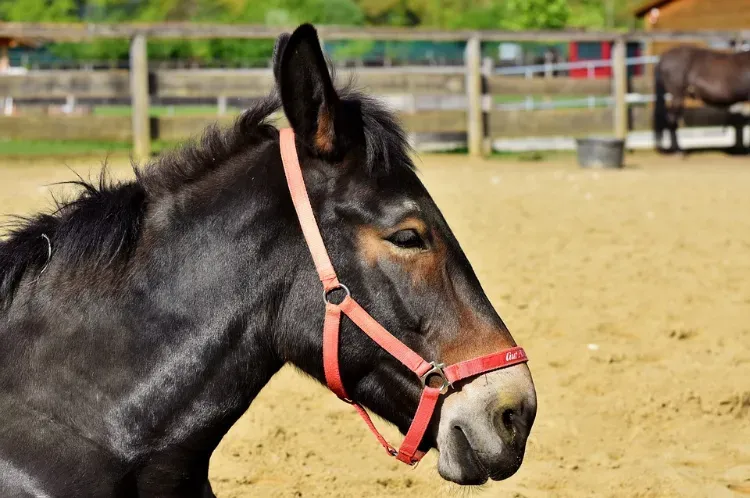
The story of two mules called Red and Rufus is told by 83 years old Vernon. These mules lived and died in Ooltewah, Hamilton County, Tennessee, but no testimonial pictures exist. The essence of both Red and Rufus is remembered through our imaginations. Red and Rufus had honesty and kindness, not to mention toughness.

Recollected Childhood Memories
This picture shows Vernon talking about growing up on a Tennessee farm. Vernon was 83 years old and had clear memories of his childhood.
Vernon’s upbringing was hard by comparison with the softness of present-day living. He spoke about rural poverty and the experiences of farm boys and mules 70 years ago.
Poverty in Rural Tennessee
Vernon’s childhood memories are of a distant world. The house he grew up in can not be found and the poor farming community of Hamilton County Tennessee has long since vanished. Vernon’s childhood of hardship and poverty is hard to believe. He lived near Ooltewah, however, this area is now rapidly accelerating into an affluent Chattanooga subdivide.
Brother to a Mule
Vernon’s life with mules cannot be mirrored today, but 70 years ago he and his mules were bonded like brothers. Vernon, his brother Don, and the farm mules were tough comrades and they met drudgery with cheerful good humor. The boys and mules did not question their toil any more than wildflower questions growing on the wayside.
Blistered Feet
Vernon recalled when the roads were laid to the tarmac. After that, he could walk the highways barefoot in winter, but shoes were worn for the remainder of the year. Bare feet would be blistered on hot tarmac.
Farming children mainly wore shoes to church on Sunday, but Vernon and Don walked two miles to school along the tarmac and had to wear shoes. This caused hardship for the family, but at least children could go barefoot around the farm,
The Farm in 1949
The 38-acre farm had no luxuries. The house was a rudimentary shack without running water or electricity. Clothes, humans, and mules were washed in the river. Human drinking water came from a well. Logs were cut and laid for the next winter. Summers could be intolerable without air conditioning. Vernon and his brother would then sleep outside where a breeze could cool their sweated bodies.
Daily chores were onerous. Holidays were unheard of and everyone toiled unless ill or dying. The boys attended school or worked with mules, The whole community attended church every Sunday. On this day mules rested.
The Mules
Rufus and Red were 17 hands high mammoth mules. They ploughed, carted and, hauled without complaint and as faithful servants to the very end. Their lives were hard, but no harder than their master’s lives. Rufus and Red lived long and died peacefully on the farm.
Self Sufficiency
Small farms were mainly self-sufficient. What the mules ate had to be grown on the farm. Rufus and Red were never shod. Their feet were checked yearly by a blacksmith. They were periodically wormed with liquid paraffin.
Rufus and Red were kept in the barn and fed hay with small amounts of maize. They looked well and thrived.
A Day in the Life of Rufus and Red
Every day the mules were checked in the morning and given a small hay feed supplemented by some maize. Maize was fed on the cob. Vernon and Don mucked out the stalls in readiness for the mules’ return at the end of their shift. Red and Rufus worked from 9.30 in the morning till dusk in average summer temperatures of 83 degrees.
After being fed the mules would be led half a mile to a pond for watering and then back to the farm. However, if the pond had dried up they walked further to the river Tennessee. The mules repeated this at midday and then again at the end of the day.
The mules always walk and paced themselves. When temperatures soared, they were frequently allowed to rest. It was important to keep Red and Rufus working without them breaking into a sweat.
Rufus and Red worked 6 Days a Week
The mules stopped when the sun reached its highest point for a well-earned lunchtime feed of hay and maize before working until the sunset. Red and Rufus were then washed in the pond and returned to their stalls for a large feed of hay, and a small feed of maize. As a matter of routine, they worked six days a week.
Rufus had the most character or could it be called common sense. Vernon and Don always tried to ride the mules to their watering station. Red would oblige. but Rufus always bucked off his rider. After all, he had to work hard and didn’t want to be ridden to the pond or river by a would-be cowboy.

